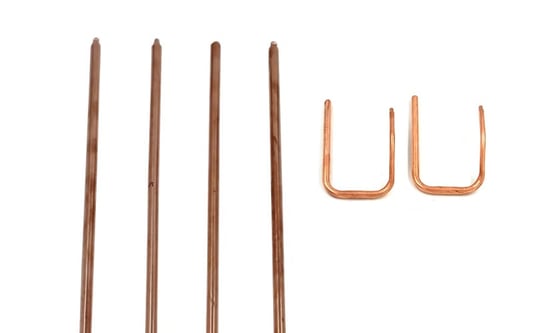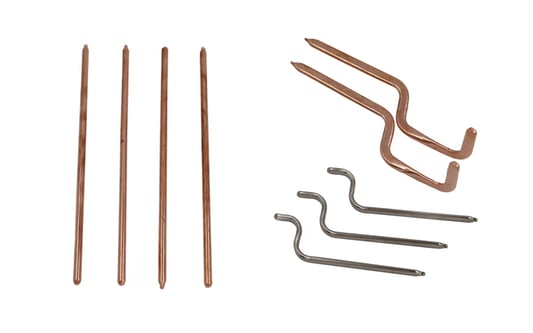Understanding Heat Pipes in DesignHeat pipes are highly efficient devices used in thermal management. Mechanical engineers can utilize heat pipes to transfer heat from one location to another with minimal temperature difference. This is achieved through the process of phase change, where the working fluid inside the heat pipe absorbs heat at the evaporator section and releases it at the condenser section.Selection of Materials for Heat PipesWhen designing with heat pipes, it is crucial to consider the materials used in their construction. Common materials for heat pipes include copper, aluminum, and sintered powders. The material selection should be based on factors such as thermal conductivity, compatibility with working fluids, and cost-effectiveness.Optimizing Heat Pipe GeometryThe geometry of a heat pipe plays a significant role in its performance. Mechanical engineers must carefully design the dimensions and shape of the heat pipe to ensure efficient heat transfer. Factors to consider include the length, diameter, and orientation of the heat pipe, as well as the placement of the evaporator and condenser sections.Choosing the Right Working FluidThe choice of working fluid inside the heat pipe is critical for its operation. Different working fluids have varying temperature ranges, heat transfer capabilities, and environmental considerations. Common working fluids include water, ammonia, and refrigerants. Mechanical engineers should select the working fluid that best suits the specific application requirements.Integration of Heat Pipes in SystemsTo maximize the benefits of heat pipes in a mechanical system, engineers must carefully integrate them into the overall design. This involves strategically placing the heat pipes in areas of high heat generation or thermal load. Proper integration ensures efficient heat dissipation and thermal management.Thermal Analysis and SimulationBefore finalizing the design with heat pipes, mechanical engineers should conduct thorough thermal analysis and simulation. This helps in evaluating the heat transfer performance, predicting potential hot spots, and optimizing the placement of heat pipes within the system. Simulation tools like CFD software can aid in this process.Considerations for Heat Pipe MaintenanceWhile heat pipes are known for their reliability and longevity, regular maintenance is still essential to ensure optimal performance. Mechanical engineers should incorporate provisions for easy access to heat pipes for inspection, cleaning, and replacement if necessary. Proper maintenance can extend the lifespan of heat pipes and prevent performance degradation.Testing and Validation of Heat Pipe DesignsBefore implementing heat pipe designs in real-world applications, it is crucial to conduct thorough testing and validation. Mechanical engineers should perform heat transfer experiments, thermal cycling tests, and reliability assessments to verify the performance of the heat pipes under different operating conditions. This validation process helps in ensuring the reliability and efficiency of the designs.Environmental Considerations in Heat Pipe DesignIn addition to performance and efficiency, mechanical engineers should also take environmental considerations into account when designing with heat pipes. This includes selecting eco-friendly working fluids, optimizing energy efficiency, and minimizing the environmental impact of heat pipe systems. Sustainable design practices can contribute to a greener and more efficient thermal management solution.Future Trends in Heat Pipe TechnologyThe field of heat pipe technology is constantly evolving, with ongoing research and advancements leading to new innovations. Mechanical engineers should stay updated on the latest developments in heat pipe materials, manufacturing techniques, and thermal management strategies. Embracing future trends can help in designing more efficient and effective heat pipe solutions for diverse applications.Quote InquiryContact us
09. April, 2025










